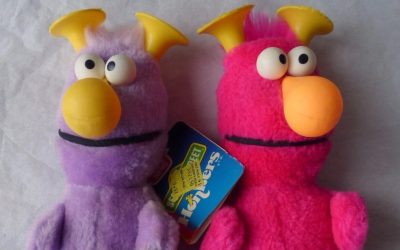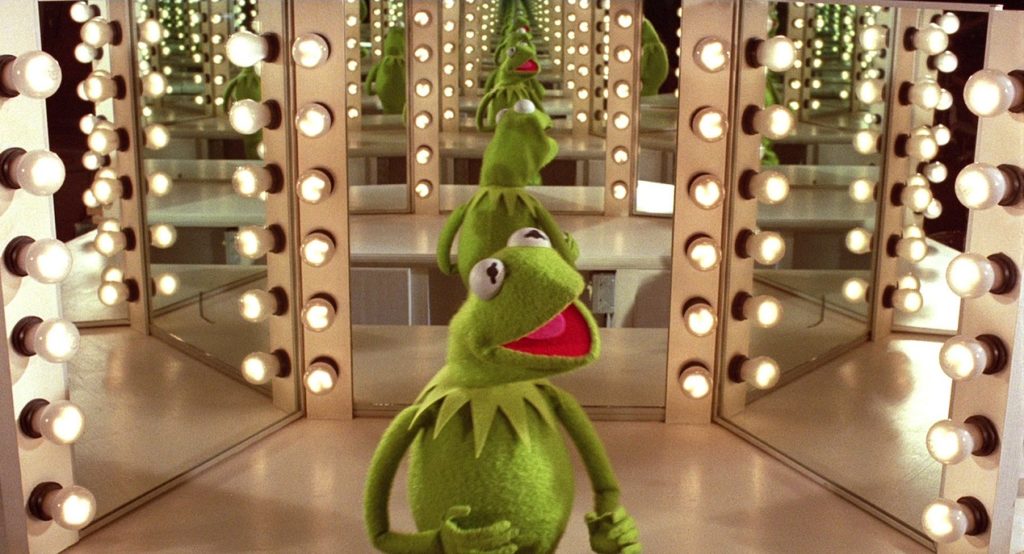
This month marks the 40th anniversary of the 1983 Sesame Street special Don’t Eat the Pictures, and ToughPigs isn’t done celebrating it!
I’ve already transcribed the lyrics and written about what the individual songs mean to me over at Our Muppet Melody, but now I want to give due credit to what this special truly does best: shows us the myriad ways to interact with art.
This special is, in and of itself, a work of art. It’s somewhat miraculous that it exists at all, normalizing children—inner-city children, at that—appreciating classic art, and showing how kids actually interact with art in fun ways and learn from it.
One of the most common ways kids interact with art is imitation:
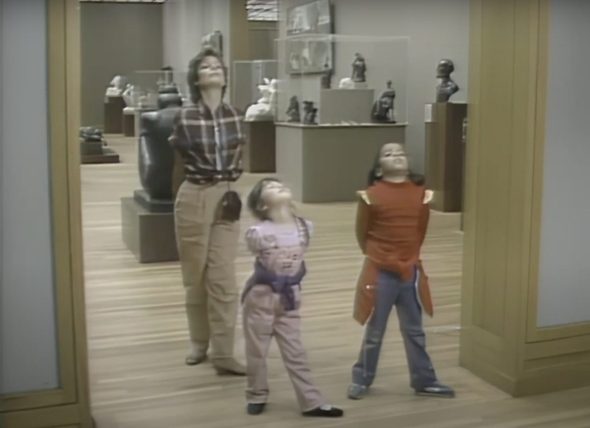
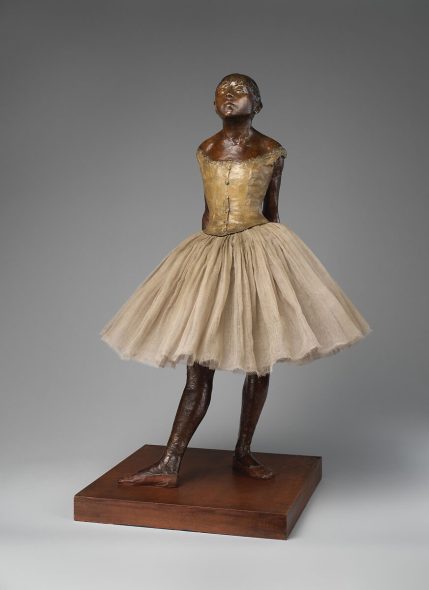

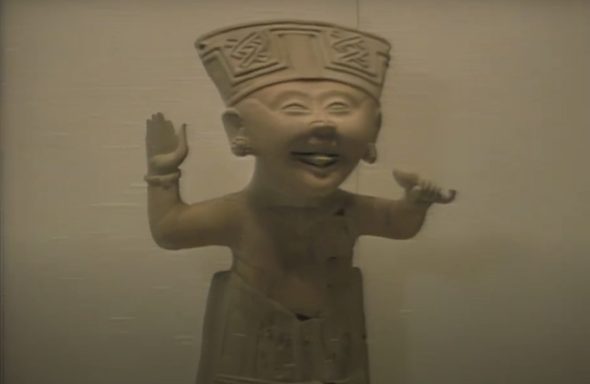
Imitation is a necessary part of human brain development. The kids aren’t being rude or disrespectful, they’re being kids.
Then there’s personification, seeing the figures in art as real people that you can interact with (another thing human brains need to learn how to do). DETP shows this through Grover making a friend (or trying to), Bert and Ernie discussing the importance of boat safety, and Bert apologizing to Washington.
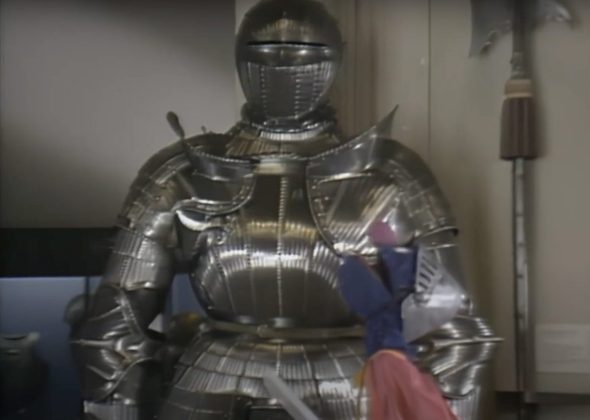
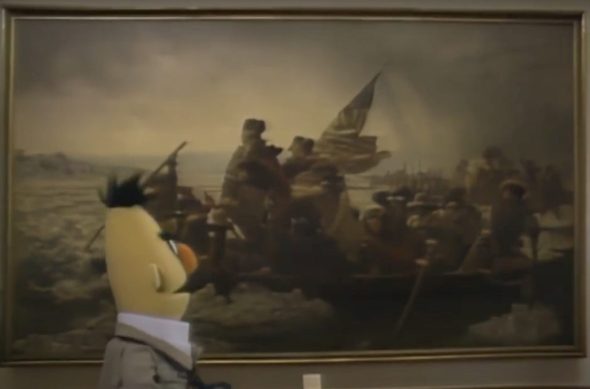
Cookie Monster, of course, embodies consumption: he wants to devour the art with his whole self, not just his eyes. Little Beth, who loved toy food and pictures of food and cooking shows (often more than actual food), deeply sympathizes. When Cookie Monster eats his “Food Art” pamphlet at the end of the song out of frustration as much as hunger, I believe it’s what they call “controlling what you can when the world feels out of control.” Alas, “Picture exciting, it not for biting.”
So what do you do what consumption isn’t an option? Collection! At the end of “Broken and Beautiful,” Oscar muses, “Man, I can’t wait til they throw this stuff away!” implying that he’ll then take it all to decorate his bigger-on-the-inside trashcan.
It occurred to me on this most recent watch-through, as a grownup with my own money who occasionally purchases art to hang on her walls, literally nothing is stopping me from getting prints of all my favorite pieces featured in this special and hanging them together as a gallery wall that only a extremely nerdy subset of visitors will appreciate.
Perhaps the most universally relatable moment of the whole special: “Sometimes I feel just like that. Ohhh…”

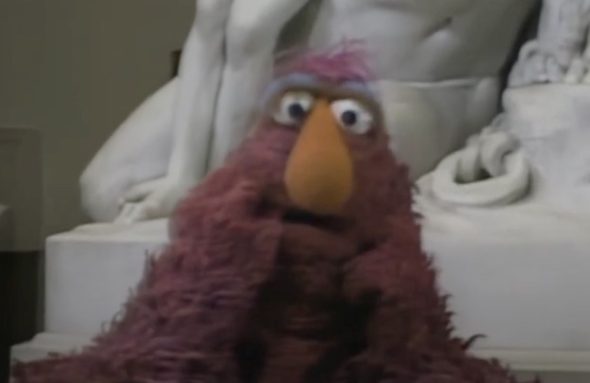
This is identification: recognizing the feeling or experience of the figure and relating it back to your own life. DETP spends a whole song on just that with “Mothers & Children,” Olivia singing about how this relationship is essentially the same throughout all cultures and all of time.
But to me, the most important in the whole dang 59 minutes is this moment in the opening credits: creation.
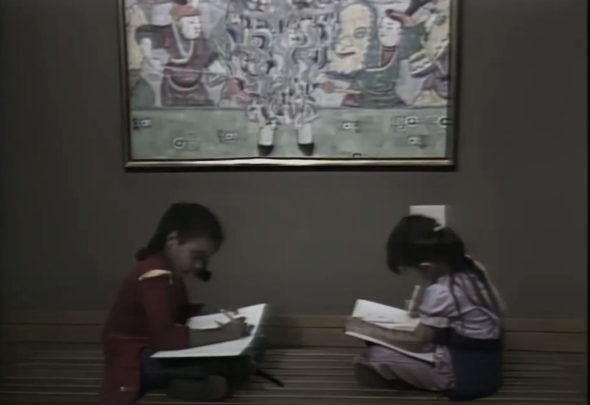
I was lucky enough to be raised in a family of artists. Some of my favorite childhood memories are of getting to tag along to my mom’s classes when she was getting her BA in art. I got an early education in stained glass, figure drawing, Shakespeare, screen printing, sand painting, sculpture using reclaimed computer parts, you name it. I got to go to summer arts camps and writing camps. Our parents took us to theaters and museums.
Art was everywhere in our lives, and so whatever new media we decided to try out, we went in with the assumption that we belonged there. Anyone who disagreed was a snob worthy of a Monty Python sketch. From the very beginning, we were always creating.
When Big Bird muses about Today meeting Yesterday in a museum, accidentally stumbling upon the very thing they’ve been looking for the whole time, drafting this article felt a lot like that. Creation—no matter how clumsy, or self-conscious, or small—is the whole point.
You feel a feeling, you feel alone in that feeling, you make a thing that expresses that feeling, someone else sees/hears/eats/experiences that thing you made and goes, “Whoa, I feel that.” And suddenly neither one of you is alone anymore, even if you’re separated by thousands of miles or thousands of years. That right there is the meaning of art.
That is what makes Don’t Eat the Pictures itself a work of art. Each song, each scene, shows the characters interacting with art in every possible human way—confusion, recognition, misinterpretation, laughter, admiration, obsession. DETP is not about getting inner-city kids to appreciate The Classics. It’s about getting everyone to interact with art, in every possible way. It shows us that art is meant to be interacted with.
So if you didn’t grow up receiving that message like I did, go get a copy of “You Are an Artist,” buy a sketchpad or a ukulele or a pair of tap shoes, and go make some art.

MVM (Most Valuable Muppet): Gotta give it up to Big Bird. He finds his friend and defends his existence (this was back when the Sesame adults still thought Snuffy was imaginary), and essentially becomes a death doula for a child he just met. His offer of his own feather is beautiful, his defiance speech to Osiris is lit, his offer to have Sahu come and live on Sesame Street and assurance that he and Snuffy love Sahu is what saves the day.
Musical Highlight: I would give this to the eponymous educational banger, but “Don’t Eat the Pictures” led me to believe that mummies would be a much bigger part of my museum-going experiences than they ended up being, since they devote 1 out of 3 verses to mummies. I guess “Don’t eat the artifacts” just doesn’t scan.
Instead, I have to pick Oscar’s “Broken and Beautiful.” It’s a lovely tune, a lovely sentiment, and it’s always a treat to get a glimpse into how Oscar sees beauty in what other people throw away.
Coolest Puppetry Effect: Sahu rides on Snuffy like an elephant, but Snuffy’s not actually an elephantine sentient creature. He’s two guys in a shaggy brown suit. So how the heck does a child ride on that?
The Problematic Elephant in the Room: The history (and present) of museums is, at best, complicated. I do think that DETP handled this Egyptian prince plotline in a way that, by 1983 standards, feels overall fairly respectful. I don’t know if folks were having “Hey, museums are filled with stolen items from centuries of colonialism; let’s give people their stuff back” conversations in 1983, but I know you’d have a hard time getting that message to air on a children’s program even nowadays.
That being said, Fraggle Rock: Back to the Rock is perfectly primed to do exactly that. They’ve set up a museum (where some items are legitimately reclaimed from trash, but others are unintentionally stolen) as a Good and Normal Thing. I can only cross my fingers that in season 2 (or, dare we hope, season 3? and even beyond?), they learn a Valuable Metaphor-for-Colonialism Lesson.
Whoopsies: The giant floating-head blue-skinned echoing demon (which is still less scary than Egyptian Statue Ernie) tells Sahu, “I have asked you exactly 1,600,041 times.” 1,600,041 days is 4383.674 years, but if Sahu is only 4306.5 years old like he claims, that leaves 77.174 years unaccounted for. So either the demon is padding his numbers, or else Sahu lost track of his age by several decades. (And you know what, that’s totally fair; I’m only 38 and sometimes I forget.)
Also, world mythology nerds will already know that Osiris is the god of the underworld, but Anubis did the weighing-the-heart-against-a-feather thing.
Joke I Have No Other Place For: Snuffy will never die, but if he did, what kind of coffin would he need?

A sarcophaluppagus.
One More Thing…: Seriously, who the heck cursed a six-year-old Egyptian prince to solve a riddle about museums or else he can never be with his family?? And why??? (Try not to think about it too hard. That’s my job.)
Okay, One More Thing…: Because obsessive cataloguing is also a totally legit way to interact with art—here is a list of every piece of art in Don’t Eat the Pictures that I was able to identify, in order of appearance:
- Still Life: Balsam Apple and Vegetables (James Peale)
- Autumn Rhythm (Number 30) (Jackson Pollock)
- Limestone priest (Cypriot)
- The Little Fourteen-Year-Old Dancer (Edgar Degas)
- Fountain with Arms of Jacopo de’ Pazzi (Giuliano da Maiano, Benedetto da Maiano, Giovanni da Maiano)
- Fredericke Maria Beer (Gustav Klimt)
- Ugolino and His Sons (Jean-Baptiste Carpeaux)
- Mantel clock (Clockmaker: Charles Dutertre; Porcelain by Sèvres Manufactory)
- Marble column from the Temple of Artemis at Sardis (Greek)
- Sarcophagus of Wennefer (Egypt, Late Period)
- Mantel clock (“Pendule Uranie”) (Clockmaker: Jean-André Lepaute; Clockmaker: Jean-Baptiste Lepaute)
- Bodhisattva, probably Avalokiteshvara (Guanyin) (China)
- “Smiling” Figure (Remojadas)
- Salome (Henri Regnault) [Special appearance by Nadja from What We Do in the Shadows! With thanks to Cinematry for identifying the real artworks that inspired the WWDITS opening credits.]
- Clock (pendule) (Movement by Benjamin Gray and Justin Vulliamy; Case by Chantilly Porcelain Manufactory)
- Marble statue of a woman (Roman)
- Fragments of a marble statue of the Diadoumenos (Copy of work attributed to Polykleitos)
- Marble statue of a bearded Hercules (Roman)
- Marble statue of a crouching Aphrodite (Roman)
- Marble statue of a seated muse (Roman)
- Marble statue of an old woman (Roman)
- Marble statue of Herakles seated on a rock (Roman)
- Marble statue of a draped seated man (Signed by Zeuxis)
- Marble statue of a woman (Greek)
- Marble statue of Aphrodite (Roman)
- [Sorry, I could not for the life of me find “Oh, look at that nose. Haha, I wonder what the other guy looked like.”]
- Marble statuette of Aphrodite Anadyomene (rising) (Roman)
- Marble grave stele with a family group (Greek, Attic)
- Marble statue of a wounded Amazon (Roman)
- Fragments of the marble stele (grave marker) of a woman holding a baby (Greek, Attic)
- Marble head and torso of Athena (Roman)
- Still Life with Apples and Pears (Paul Cézanne)
- Armor for Man and Horse (Armorer Kunz Lochner German)
- Armor for Man and Horse with Horse Trappings (German)
- Jousting Armor (Helmet made by Daniel Tachaux)
- Armor (German, possibly Brunswick) [Grover’s friend Max!]
- Journey to Abydos, Tomb of Pairy (New Kingdom, Charles K. Wilkinson)
- Ipuy and Wife Receive Offerings from Their Children (substantially restored) (New Kingdom, Ramesside) (Norman de Garis Davies)
- The Horse Fair (Rosa Bonheur)
- Still Life with Ham (Philippe Rousseau)
- Jeanne Hébuterne (Amedeo Modigliani)
- [Can’t find the mummy, no no no…]
- [Can’t find the statue, no no no…]
- Mantel clock (pendule à console) (Clockmaker: probably Jean-Philippe Gosselin; Case maker: Jean-Joseph de Saint Germain)
- The Temple of Dendur (Roman Period)
- Washington Crossing the Delaware (Emanuel Leutze)
- The Storm (Pierre-Auguste Cot)
- Mantel clock (pendule de cheminée) (Various artists/makers)
- Virgin and Child (Attributed to Claus de Werve)
- Ia Orana Maria (Hail Mary) (Paul Gauguin)
- Virgin and Child (Andrea della Robbia)
- Condesa de Altamira and Her Daughter, María Agustina (Francisco de Goya y Lucientes)
- First Steps, after Millet (Vincent van Gogh)
- Latona and Her Children, Apollo and Diana (William Henry Rinehart)
- Mother and Child (William Zorach)
- Madame Georges Charpentier (Marguérite-Louise Lemonnier, 1848–1904) and Her Children, Georgette-Berthe (1872–1945) and Paul-Émile-Charles (1875–1895) (Auguste Renoir)
- Virgin and Child in Majesty (French)
- The Third-Class Carriage (Honoré Daumier)
- Childrens’ Lantern Float, Kojimachi 1,2, 3-chome Block Association, Sanno Festival (Torii Kiyonaga)
- Young Mother Sewing (Mary Cassatt)
- Virgin and Child (Dieric Bouts)
- Tall Clock (William Claggett)
- Clock (pendule à console) (Movement by Louis Mÿnüel; Case attributed to Charles Cressent)
- Repeat of Mantel clock (pendule de cheminée) (Various artists/makers)
- Tall Clock (Thomas Harland)
- Tall Clock (Attributed to Matthew Egerton Jr.)
- Tall Clock (Case by John Townsend, Movement by William Tomlinson)
- All Angels’ Church Pulpit and Choir Rail (Karl Theodore Bitter)
Click here to sympathize with a museum security guard slowly losing his mind on the Tough Pigs forum!
by Beth Cook

